On this page
If you ask a good Blackjack player, “What is the worst hand in the game?” they are liable to say hard 16 vs. Dealer 10. However, a professional might tell you it’s a trick question. The 16 vs. 10 and 16 vs. Ace are, in fact, the two worst hands in Blackjack. However, the order depends on whether the dealer Hits or Stands on soft 17. Here are the EV’s (for Hitting) for the first hand after a shuffle, assuming the dealer has peeked and does not have a blackjack:
| Dealer Hits Soft 17 |
Dealer Stands on Soft 17 |
|||
|---|---|---|---|---|
| 16 vs 10 | 16 vs Ace | 16 vs 10 | 16 vs Ace | |
| Single Deck | -50.8% | -52.7% | -50.8% | -50.6% |
| Double Deck | -52.4% | -53.5% | -52.4% | -51.2% |
| 8-Deck Shoe | -53.6% | -54.0% | -53.6% | -51.6% |
We only show the EV’s for hitting above because the EV’s for standing are even worse in every case. If the dealer Hits soft 17, then 16 vs. Ace is the worst hand in the game. In Las Vegas today H17 is the norm, so in my world we are talking about the worst hand in Blackjack here.
First we will consider the Insurance decision, then the play of the hand, considering a pair of 8’s as a special case. But before we get into the analysis, note that throughout the “Know Your Hands” series, we use Hi-Opt 1 for the Running Count (3, 4, 5, 6 value +1; 10’s value -1; Ace, 2, 7, 8, 9 neutral).
Insurance
Basic Strategy teaches players to pass on Insurance regardless of the player’s hand, and that includes not taking even money with a Blackjack. The math is fairly straightforward and based only on the number of 10’s remaining in the deck compared to non-10’s. If the ratio of non-10’s to 10’s is less than 2.0 then Insurance is a good bet since it pays 2 to 1. With a full double deck, there are 32 tens and 72 non-10’s. Backing out the dealers Ace, that leaves the ratio at 71:32 or well over 2.0, so taking Insurance is a pretty bad bet. It is ironic that many people like to take Insurance with their 10+10, thinking of the “bird in the hand” analogy, but this hand makes the ratio even worse for taking Insurance, since the dealer is even less likely to have a 10 under the Ace.
For those counting cards with Hi-Opt 1, the deck is rich enough in 10’s to take insurance if the true count is +2.5 or higher. There is a bit of anomaly in that 10+6, 9+7, and 8+8 all have the same running count (0), however, have slightly different indices for Insurance purposes. Your hard 16 will be 10+6 about 74% of the time, so it carries the day in the math calculation but if your hand is 9+7 or 8+8, the dealer is slightly more likely to have the Blackjack, so the Insurance index is actually a little lower.
Moving on, let’s now assume that the dealer does not have the Blackjack and we go on to play out the hand. First we will consider the special case of 8+8 vs. Ace because it plays differently than the other variants.
Pair of 8’s
Here are the EV curves for the pair of 8’s vs. Ace with exactly one deck remaining.

First note that you should never Surrender the pair of 8’s vs. Ace since there is always a better option than -50% regardless of the count. Most of the time you should split the 8’s. Even though the EV for splitting is negative, you will lose less in the long run and it is definitely the correct play in spite of the increased volatility. At least you can feel a little more comfort splitting 8’s vs. dealer Ace compared to dealer 10, knowing that the dealer does not have a 10 down card. As the deck gets richer in 10’s, the return for splitting is increasing. This is opposite what we saw for splitting 8’s vs. dealer 10.
The only time you should not split the 8’s vs. dealer Ace is if the count is minus 3 or lower, in which case hitting is a better option.

Hard 16 (10+6 and 9+7)
For the next decisions, we assume the dealer does not have blackjack and refer to the following EV curves for a multi-deck game with 52 cards remaining, so the Running Count is synonymous with True Count. Note that these EV curves exclude the 8+8 vs. Ace variant.
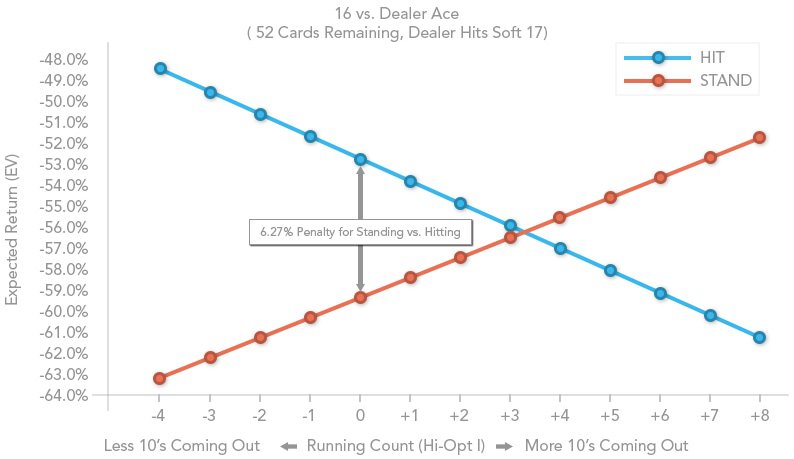
Surrender Allowed
The EV for Surrender is -50%, so if you are fortunate enough to be playing a table that allows Surrender, then that will be your play most of the time. Surrender hard 16 vs. Ace unless the Count is minus 3 or less, then Hit.

Hit/Stand
Most casinos do not offer the Surrender option so most of the time you will be faced with the Hit or Stand decision. The dealer seldom busts with an Ace upcard so it’s no surprise that the EV curves show this is a pretty strong Hit in a neutral deck, with a 6.27% penalty for Standing instead of Hitting. However, as the deck gets richer in tens, two things are happening:
1. The Hit curve is plunging fast because you will bust more often.
2. At the same time, the Stand curve is rising fast because the dealer will bust more often too. Note that only a 7, 8, or 9 down card gives the dealer a pat hand. A 10-rich deck does not increase his chance for a pat hand since we know he doesn’t have a 10 under, so it only increases his chance of busting also.
With both of these factors at work, the advantage of Hitting is disappearing fast as the deck gets richer. At a Count of +3, it is a very close call. At a Count of +4 or higher, it is best to Stand and play for the dealer to bust.

The bottom line here is that hard 16 vs. dealer Ace is a terrible hand no matter how you look at it, but at least now you know how to minimize your long term loss when you get this bad boy.
So for now, have fun, tip well, and may your variances be mostly positive.
Previous: 3-Card 16 vs. 10
Next up: Hard 16 vs. Dealer 9

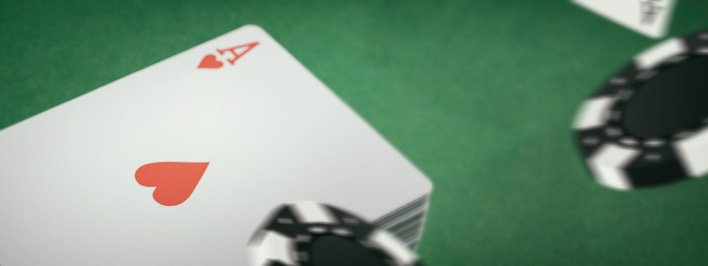

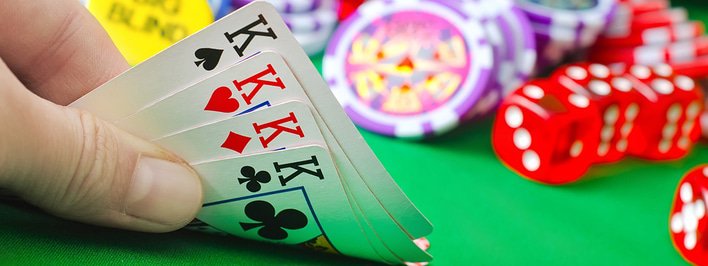
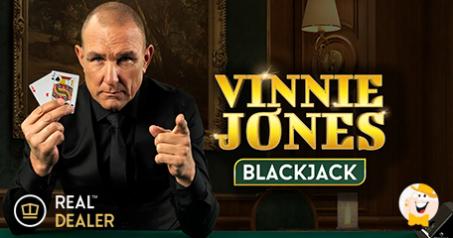

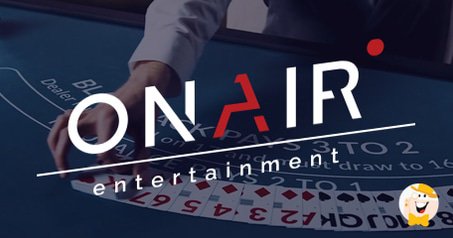
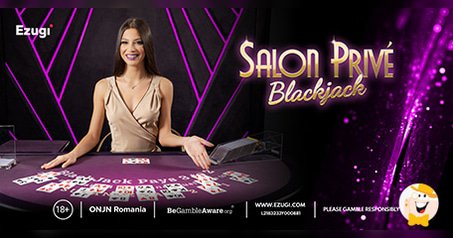

Share on
Twitter
Facebook
Delicious
Reddit